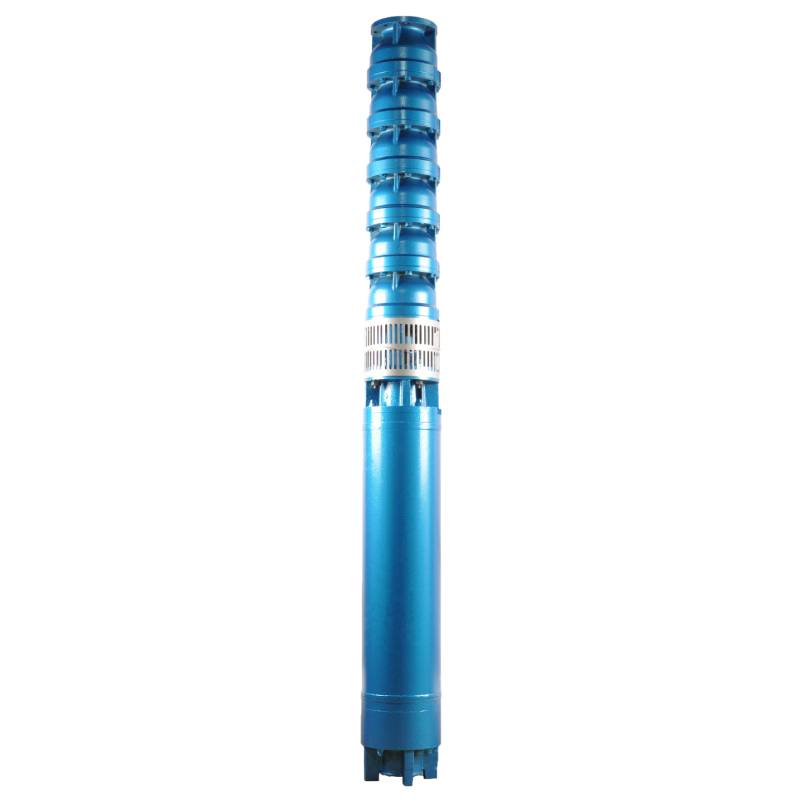Aug . 16, 2024 17:05 Back to list
Underwater Pump Cost Analysis and Market Trends for 2023
Understanding Underwater Pump Prices Factors Influencing Costs
Underwater pumps, essential for various applications ranging from construction dewatering to agriculture irrigation, have gained significant attention due to their efficiency and reliability. However, potential buyers often find themselves perplexed by the varying prices of these pumps in the market. Understanding the factors that influence underwater pump prices is crucial for making an informed purchasing decision.
1. Types of Underwater Pumps
The price of underwater pumps can differ significantly based on their type. Submersible pumps, commonly used for draining water from wells or construction sites, typically range from $100 to $1,500 depending on their specifications. In contrast, specialized pumps, such as those designed for wastewater management or industrial use, can cost significantly more due to their advanced features and construction materials. For instance, pumps that can handle abrasive materials or corrosive environments often come with a higher price tag.
Brand reputation plays a significant role in determining the price of underwater pumps. Established brands with a proven track record of reliability and customer service tend to charge more for their products. These brands often invest in research and development to enhance their pump designs and technology, which can reflect in the pricing. While these pumps may have a higher upfront cost, they often provide long-term savings through durability and efficiency, making them a worthwhile investment.
3. Material Quality
The materials used in constructing underwater pumps greatly influence their price. Pumps made from high-grade stainless steel or corrosion-resistant materials will typically be more expensive than those made from plastic or lower-grade metals. The quality of the internal components, such as the motor and impellers, also contributes to the overall cost. Higher-quality materials can enhance the pump’s lifespan and performance, justifying the higher price in many cases.
underwater pump price

4. Pump Specifications
Specific features and specifications can cause significant variations in price. For instance, pumps with higher horsepower, greater flow rates, or enhanced energy efficiency often come at a premium. Additional features, such as automatic shut-off controls, built-in floats, or variable speed settings, can also add to the cost. Buyers must assess which specifications are crucial for their intended applications to avoid overspending on unnecessary features.
5. Market Demand and Supply
Like many other products, the prices of underwater pumps are also influenced by market dynamics. When demand for certain types of pumps surges—perhaps due to seasonal flooding or increased construction activity—prices may increase correspondingly. Conversely, when supply outstrips demand, prices may decrease. Buyers should keep an eye on market trends and consider purchasing during off-peak seasons to secure better deals.
6. Maintenance and Operational Costs
When evaluating the price of an underwater pump, it’s essential to consider not only the initial purchase cost but also the ongoing maintenance and operational costs. More expensive pumps may boast higher efficiency, leading to lower energy bills over time. Additionally, pumps requiring less frequent repairs and maintenance can save money in the long run, making them a more economical choice despite a higher initial investment.
Conclusion
The pricing of underwater pumps involves a complex interplay of various factors, including type, brand, material quality, specifications, market dynamics, and maintenance costs. Understanding these elements can empower buyers to make informed decisions, ensuring they choose the right pump for their needs without overspending. As technology advances and the market evolves, keeping abreast of these factors will help buyers secure the best value for their investment in underwater pumps.
-
Submersible Water Pump: The Efficient 'Power Pioneer' of the Underwater World
NewsJul.01,2025
-
Submersible Pond Pump: The Hidden Guardian of Water Landscape Ecology
NewsJul.01,2025
-
Stainless Well Pump: A Reliable and Durable Pumping Main Force
NewsJul.01,2025
-
Stainless Steel Submersible Pump: An Efficient and Versatile Tool for Underwater Operations
NewsJul.01,2025
-
Deep Well Submersible Pump: An Efficient 'Sucker' of Groundwater Sources
NewsJul.01,2025
-
Deep Water Well Pump: An Efficient 'Sucker' of Groundwater Sources
NewsJul.01,2025
-
 Submersible Water Pump: The Efficient 'Power Pioneer' of the Underwater WorldIn the field of hydraulic equipment, the Submersible Water Pump has become the core equipment for underwater operations and water resource transportation due to its unique design and excellent performance.Detail
Submersible Water Pump: The Efficient 'Power Pioneer' of the Underwater WorldIn the field of hydraulic equipment, the Submersible Water Pump has become the core equipment for underwater operations and water resource transportation due to its unique design and excellent performance.Detail -
 Submersible Pond Pump: The Hidden Guardian of Water Landscape EcologyIn courtyard landscapes, ecological ponds, and even small-scale water conservancy projects, there is a silent yet indispensable equipment - the Submersible Pond Pump.Detail
Submersible Pond Pump: The Hidden Guardian of Water Landscape EcologyIn courtyard landscapes, ecological ponds, and even small-scale water conservancy projects, there is a silent yet indispensable equipment - the Submersible Pond Pump.Detail -
 Stainless Well Pump: A Reliable and Durable Pumping Main ForceIn the field of water resource transportation, Stainless Well Pump has become the core equipment for various pumping scenarios with its excellent performance and reliable quality.Detail
Stainless Well Pump: A Reliable and Durable Pumping Main ForceIn the field of water resource transportation, Stainless Well Pump has become the core equipment for various pumping scenarios with its excellent performance and reliable quality.Detail
